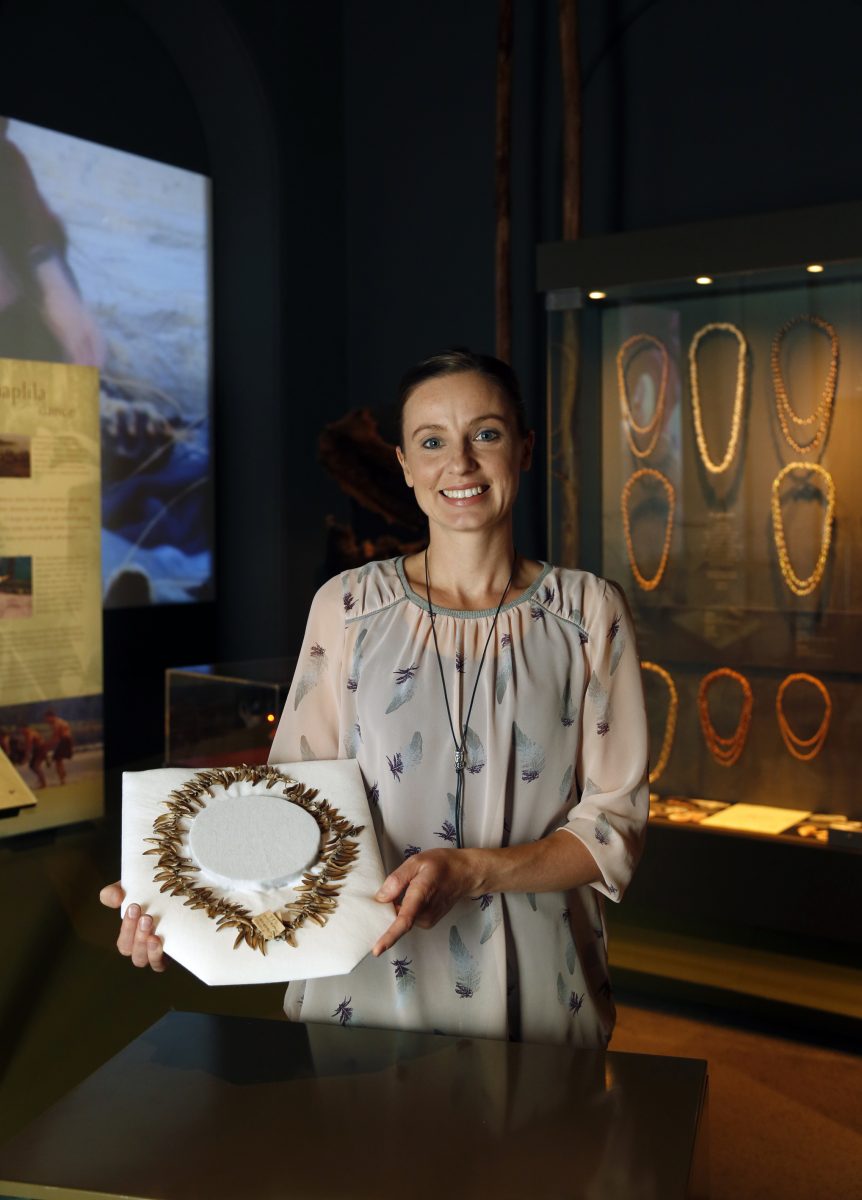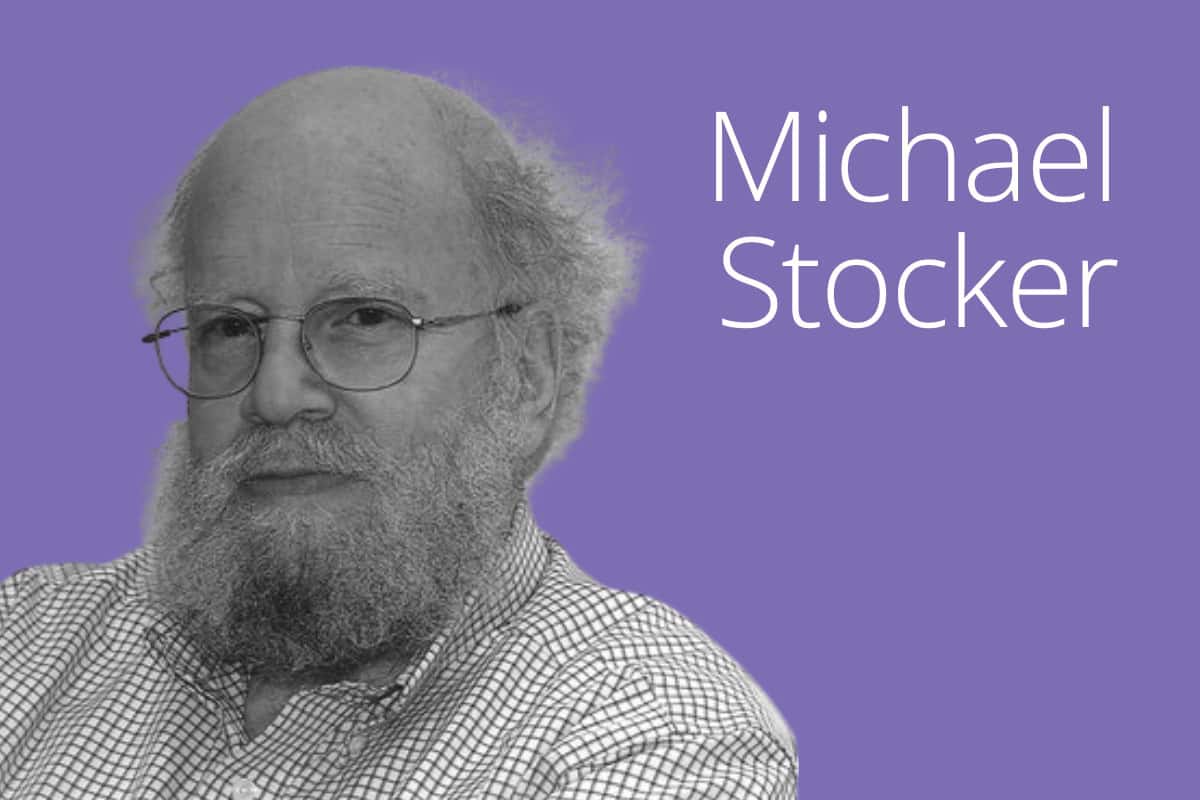
A proud Pakana woman, Zoe Rimmer is currently completing her PhD on Tasmanian Aboriginal activism in cultural institutions.
The main objective of Zoe’s research is to investigate and document the Aboriginal community campaign in Tasmania for the repatriation of ancestral remains and cultural material from the 1970s until the present.
It also tracks the impact this campaign has had on both museum practice and the revival of community cultural identity, spirituality and practice.
“A major component of this study, and the focus of my fellowship application,” says Zoe, “is the Preminghana petroglyphs; the collection of slabs of engravings taken in the 1950s by the Queen Victoria Museum and Art Gallery and by the Tasmanian Museum and Art Gallery (TMAG) in 1962, and the current unfolding repatriation of these to the Aboriginal community and Country.”
Petroglyphs are rock carvings made by etching a rock surface using a stone chisel and a hammerstone to create designs on a rock’s surface.
Putting an end to amateur-led collecting & archaeology in Tasmania
There is a special significance in Zoe being presented with the Academy’s 2021 Fellowship. In 1963, archaeologist John Mulvaney FAHA, who the award is named after, visited north-western Tasmania knowing that the TMAG had recently removed a large slab of the engravings from Preminghana (then known as Mount Cameron West).
“According to Rhys Jones, Mulvaney was ‘absolutely shocked’ by what he saw: recalling the Museums ‘had sawn off the face of the carvings’ and there ‘were bits of carvings lying all around, all broken’,” says Zoe.
“He condemned the Museum’s ‘removal’ of the petroglyphs as a deplorable destruction of some of the most important examples of early rock art in the world, and of a site of deep cultural significance. Mulvaney’s outrage effectively stopped the Museum from cutting further panels out of the petroglyph site and led him to involve the Aboriginal Institute…to undertake extensive excavation and documentation of the site in 1969.”
This ended more than a century of ‘amateur-led collecting and archaeology in Tasmania’ and instigated new research that recognised the deep cultural significance of the island and its original inhabitants. It also influenced the development of government legislation intended to protect Aboriginal heritage.
A remarkable transformation

Zoe says the decision by the TMAG in late 2019, to repatriate the Preminghana petroglyphs, followed in February this year by the Museum’s formal apology to the Tasmanian Aboriginal community for their treatment of ancestral remains, marked a remarkable transformation.
The significance & impact of winning the Fellowship
In congratulating Zoe on her Fellowship, Academy President, Professor Lesley Head FAHA, says it gives her great pleasure to recognise and support the work of a young Indigenous researcher whose project is was so closely aligned to John Mulvaney, albeit nearly five decades later.
“Zoe’s project is original, timely, much-needed and significant in documenting a sad part of our recent history,” says Professor Head.
“Importantly, it also captures the positive results of a community-driven campaign which has helped right this terrible wrong.”
Winning the Fellowship will allow Zoe to expand her studies and enable her to visit the Australian Institute of Aboriginal and Torres Strait Islander Studies and other museums in Canberra to continue her ground-breaking work.



